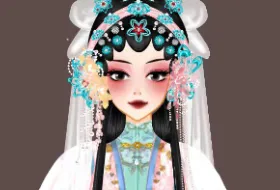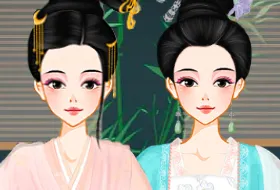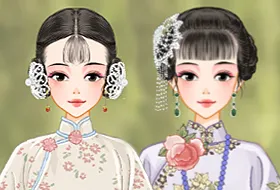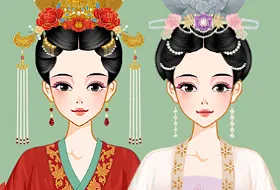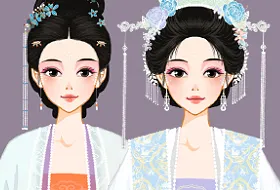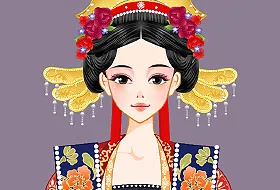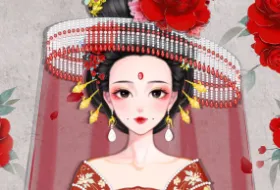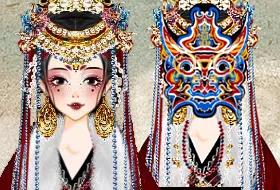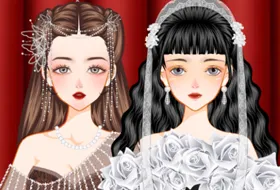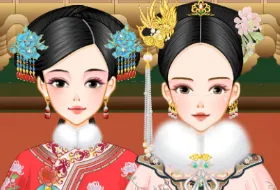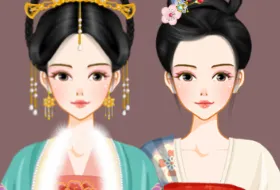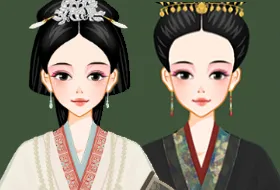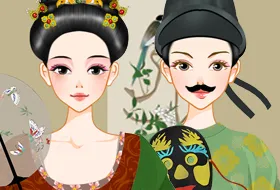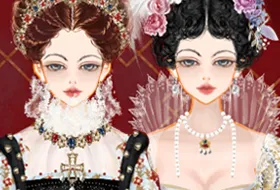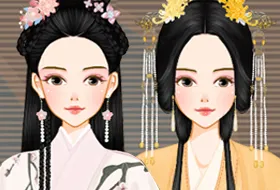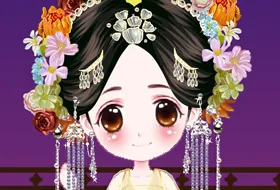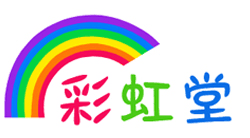Ancient Chinese costume is a vital part of the country's cultural heritage, reflecting the aesthetic tastes and social customs of different periods. It not only provides a window into the past but also plays an important role in promoting Chinese culture worldwide.
The earliest known Chinese costumes date back to the Neolithic period, around 6000 BC. These simple garments were typically made from animal skins and fibres, and were designed to keep the wearer warm and protected. As the Chinese civilization developed, so too did the complexity and elegance of its clothing.
The Zhou Dynasty (1122 BC - 256 BC) is considered the golden age of Chinese costumes. During this period, clothing became more diverse, with different classes wearing clothing differentiated by style, color, and material. The upper classes wore silk robes, often adorned with exquisite embroidery and precious stones, while the lower classes wore simpler garments made from cotton or hemp.
From the Han Dynasty (206 BC - 220 AD) to the Tang Dynasty (618 AD - 907 AD), costumes became even more diverse and extravagant. During this time, clothing was not only a reflection of social status but also of personal taste and aesthetic preferences. Silk remained the premier material for clothing, and styles became more flamboyant, with billowing sleeves, trailing robes, and vibrant colors.
The Qing Dynasty (1644 AD - 1912 AD) saw the peak of traditional Chinese costumes. The Manchu people who ruled China during this period introduced their own style of clothing, which blended elements of Han Chinese and Mongolian fashions. Traditional costumes during this period were highly decorative, with intricate details and rich embroidery.
Today, traditional Chinese costumes remain an important part of the country's cultural identity. They are regularly worn for special occasions such as weddings, festivals, and Chinese New Year, and also feature prominently in Chinese opera performances. In recent years, there has been a resurgence of interest in traditional costumes among young people in China, who see them as a way of expressing their national pride and cultural heritage.
Chinese costumes are not only a vital part of the country's history but also an integral element of its cultural heritage. As China's influence on world culture continues to grow, it is likely that more people will become familiar with and appreciate these exquisite traditional costumes.
Welcome to the our Dress Up Games. Our costumes are mainly ancient East Asian costumes, including various dynasties in China. These costumes are very distinctive and beautiful. I hope you will like them.




